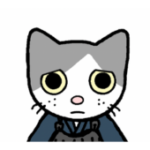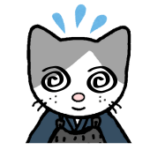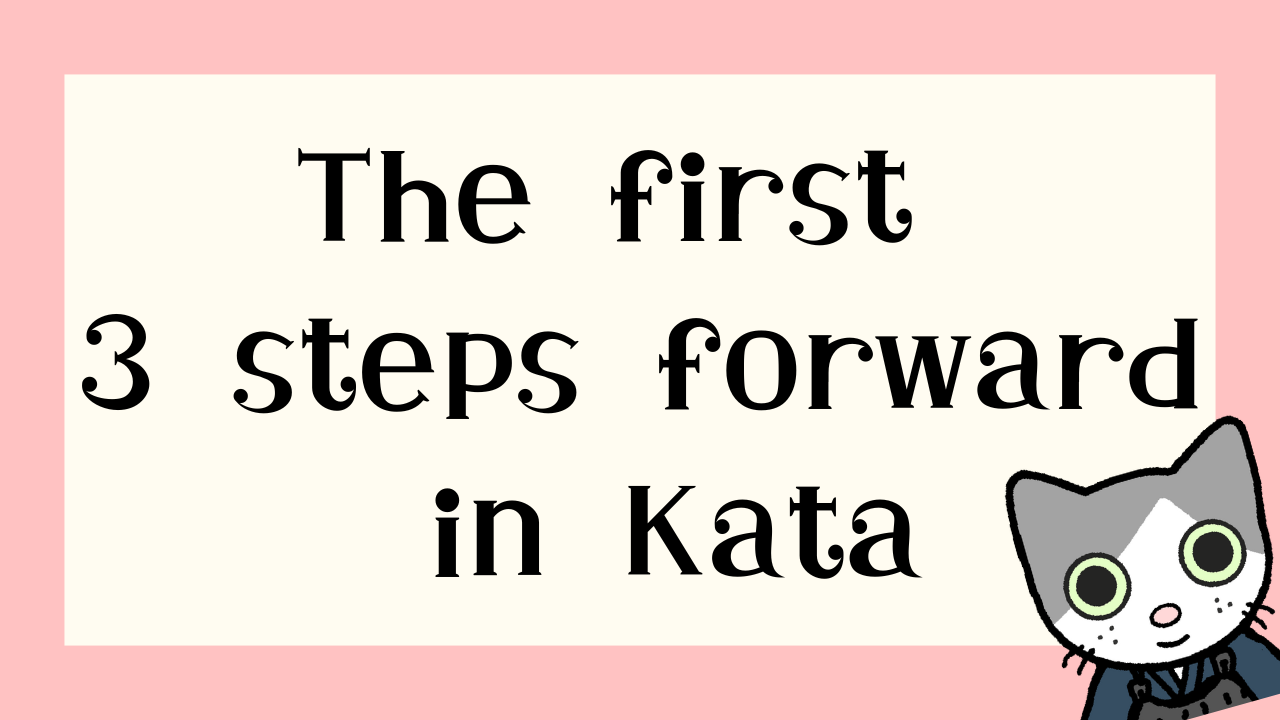At our dojo, we practice kata for an hour and a half every Tuesday.
Today, I’d like to write about something I’ve been feeling lately while practicing kata.
I started kendo after I moving to Hawaii about 15 years ago.
I joined a dojo near my house.
The practice was held once a week and they didn’t usually practice kata at all.
However, when a senpai kenshi was about to take a promotion exam (shinsa),
the sensei spent about 20 minutes practicing kata.
I suddenly heard the word ‘kata’, but I didn’t even know what it was.
Before I understood what it was, kata practice had begun.
I didn’t know what we were doing or why we started this, so of course, I made many mistakes, and got corrections from the sensei repeatedly.
At the end, the sensei seemed to be sick of correcting my mistakes. When I noticed that I felt very sad about that.
Naturally, I couldn’t enjoy kata practice.

Kata practice, ugh!
I don’t understand it!
Sometime after that experience, I quit kendo and then re-started a while later at my current dojo, and now, nearly 10 years have passed, my perspective on kendo kata has changed dramatically.
By repeatedly practicing the 10 kata, little by little, I began to understand things that I didn’t understand before, and I can now enjoy learning kata.

Wow! Kata is fascinating!
For example, when the uchidachi and shidachi set their kamae, the first thing they do is take three steps forward.
I never realized before that there is so much to learn, even in these three steps.
Nippon kendo kata has a set of 10 scripts, and in each kata, both the uchidachi and shidachi cooperate to learn various fighting logic(ri-ai) and waza together.
However, I used to focus only on the “waza” part, which is kind of the “main dish” of each kata, and I never paid attention to how to take those first three steps.
Since the script tells us ‘Take three steps forward’, so I used to just walk forward with three steps without any thoughts.
However, now I feel that these “three steps forward” are, in a sense, one of the most important things when performing each kata.
When I think about what is achieved by taking these three steps, I can no longer just take three steps forward casually at my own pace.
I realized that the first, second, and third steps all have meaning.
What do I need to do as I take these three steps forward?
What do I need to pay attention to?
Only when these three steps forward, in sync with the uchidachi and shidachi, will the script begin to flow smoothly into the execution of the “waza” to be learned in each kata.
Conversely, if these three steps forward are not successful between the uchidachi and shidachi, it is nearly impossible to correctly execute the next phase of each kata.
You will not lose your life in 99.99% chance, when we practice kata with bokuto in dojo, however, if, by some chance, you and your opponent face each other armed with a lethal weapon, what kind of tension will arise between you and your opponent, and what kind of feelings will you have as you face them?
Since we actually can ‘practice’ kata without this much level of imagination, some people may think that this is too much! It’s overthinking for just doing kata.
Yes, that is true…
But, I ask myself…
Do I practice kata just for shinsa?
or
I think kata is a very important learning tool to develop my understanding ‘how to fight’, ‘how to use my energy’ and ‘how to do waza’ -all these things can be applied to shinai kendo.
And how important of these matters are depends on what kind of kendo training(shu-ren) I want to purse.
I truly believe my main concerns can be found in kata.
Honestly, when I try to think about this kind of stuff in detail, my brain gets pretty tired.

I feel like I’m getting a brain fever.
My head is already spinning.
Well, this is part of shugyo, isn’t it?
Anyway,
I’ll go to practice again tomorrow♪


